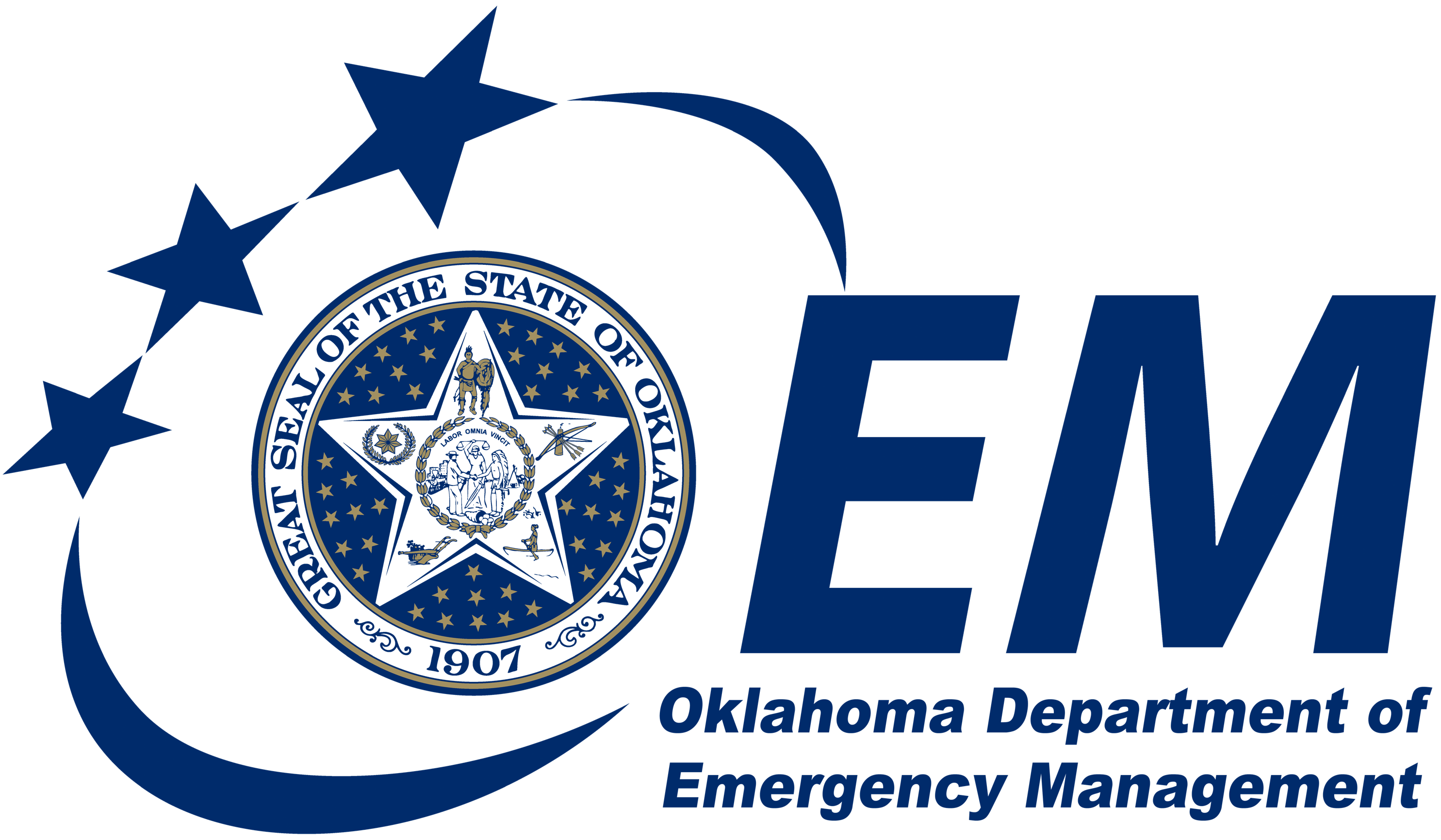Practice makes perfect
When disaster comes knocking, practice makes perfect. Make sure your family knows what to do during a tornado, fire, earthquake or public attack. Keep note of the stairways and exits in every building you visit, especially hotels and motels, and teach your family to do the same.
Go to NOAA Weather Radio and your local news or official social media accounts for updated emergency information. Follow the instructions of state, local and tribal officials.
Go to a safe shelter immediately, such as a safe room, basement, storm cellar or a small interior room on the lowest level of a sturdy building.
Stay away from windows, doors, and outside walls.
Do not go under an overpass or bridge. You’re safer in a low, flat location.
Watch out for flying debris that can cause injury or death.
Use your arms to protect your head and neck and put materials such as furniture and blankets around or on top of you.
If you can’t stay at home, make plans to go to a public shelter.
Do not try to outrun a tornado in a vehicle if you are in a car. If you are in a car or outdoors and cannot get to a building, cover your head and neck with your arms and cover your body with a coat or blanket, if possible.
Find two ways to get out of each room in the event the primary way is blocked by fire or smoke.
Make sure that windows are not stuck, screens can be taken out quickly and that security bars can be properly opened.
Practice feeling your way out of the house in the dark or with your eyes closed.
Teach children not to hide from firefighters.
If you use a walker or wheelchair, check all exits to be sure you can get through the doorways.
Drop down to the floor and crawl low, under any smoke to your exit. Heavy smoke and poisonous gasses collect first along the ceiling.
Before opening a door, feel the doorknob and door. If either is hot, or if there is smoke coming around the door, leave the door closed and use your second way out.
If you open a door, open it slowly. Be ready to shut it quickly if heavy smoke or fire is present.
If you can’t get to someone needing assistance, leave the home and call 9-1-1 or the fire department. Tell the emergency operator where the person is located.
If pets are trapped inside your home, tell firefighters right away.
If you can’t get out, close the door and cover vents and cracks around doors with cloth or tape to keep smoke out. Call 9-1-1 or your fire department. Say where you are and signal for help at the window with a light-colored cloth or a flashlight.
If your clothes catch fire, Stop, Drop and Roll:
Stop immediately
Drop to the ground and cover your face with your hands.
Roll over and over or back and forth until the fire is out.
If you or someone else cannot stop, drop and roll, smother the flames with a blanket or towel.
Use cool water to treat the burn immediately for three to five minutes. Cover with a clean, dry cloth.
Get medical help right away by calling 9-1-1 or the fire department.
If you are in a car, pull over and stop. Set your parking brake.
If you are in bed, turn face down and cover your head and neck with a pillow.
If you are outdoors, stay outdoors away from buildings.
If you are inside, stay and do not run outside and avoid doorways. Drop, Cover and Hold On:
Drop (or Lock)
Wherever you are, drop down to your hands and knees and hold onto something sturdy. If you’re using a wheelchair or walker with a seat, make sure your wheels are locked and remain seated until the shaking stops.
Cover
Cover your head and neck with your arms. If a sturdy table or desk is nearby, crawl underneath it for shelter. If no shelter is nearby, crawl next to an interior wall (away from windows). Crawl only if you can reach better cover without going through an area with more debris. Stay on your knees or bent over to protect vital organs.
Hold On
If you are under a table or desk, hold on with one hand and be ready to move with it if it moves. If seated and unable to drop to the floor, bend forward, cover your head with your arms and hold on to your neck with both hands.
Expect aftershocks to follow the main shock of an earthquake. Be ready to Drop, Cover, and Hold On if you feel an aftershock.
If you are trapped, send a text or bang on a pipe or wall. Cover your mouth with your shirt for protection from dangerous airborne particles and instead of shouting, use a whistle.
Mass attacks may come in the form of individuals using firearms, vehicles, homemade bombs, knives, fires, drones or other weapons to cause mass casualties. An active shooter is an example of a mass attack. Prepare yourself now so you can take action to protect yourself and help others in the case of a mass attack.
Always have an exit plan. Identify exits and areas to hide wherever you go. Teach your family to do the same.
Learn basic first aid and lifesaving skills to help yourself or the wounded until help arrives.
Follow this priority list in planning your response: Run, Hide, Fight:
Run
Seek safety. Getting away from the attacker is the top priority.
Leave your belongings behind and get away.
Call 9-1-1 when you are safe and describe the attacker, location and weapons.
Cover and Hide
Cover and hide if you can’t evacuate. Find a place to hide out of view of the attacker and put a solid barrier between yourself and the threat if possible.
Lock and block doors, close blinds and turn off lights.
Keep silent.
Defend, Disrupt, Fight
Fight only as a last resort. When you can’t run or cover, attempt to disrupt the attack or disable the attacker.
Be aggressive and commit to your actions.
Recruit others to ambush the attacker with makeshift weapons such as chairs, fire extinguishers, scissors, books, etc.
Be prepared to cause severe or lethal injury to the attacker.
Help the Wounded
Take care of yourself first and then, if you are able, help the wounded get to safety and provide immediate care. Call 9-1-1 when it is safe for you to do so.
When Law Enforcement Arrives
Remain calm and follow instructions.
Keep hands visible and empty.
Report to designated areas to provide information and get help.
Follow law enforcement’s instructions and evacuate in the direction they tell you to go. Listen to law enforcement for information about the situation. Share updates as you can with family and friends.


